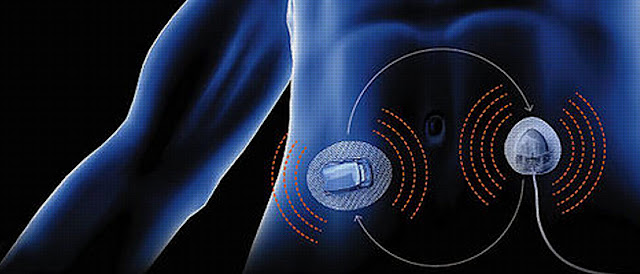The Features of Diabetes Management: Exploring the Artificial Pancreas Device System (APDS)
 |
| Artificial Pancreas Device System (APDS) |
The Artificial Pancreas Device System is a group of gadgets that closely resembles how a functioning pancreas controls blood glucose levels.
Continual
glucose monitoring systems (CGM) and insulin infusion pumps are two of the
three device types that make up the majority of artificial pancreas device
systems. The CGM is calibrated using blood glucose monitoring equipment (such as a glucose metre). A consistent stream of data
reflecting the patient's blood glucose levels is provided by the Artificial
Pancreas Device system. The glucose in the interstitial fluid, which surrounds
cells and is related to blood glucose levels, is measured via a sensor inserted
subcutaneously under the patient's skin. Information is sent from a tiny
transmitter to a receiver.
The global artificial pancreas device system (APDS) market size was valued at US$ 123.5 Mn in 2018, and is expected to witness a CAGR of 14.1% during the forecast period (2020 – 2027).
Along with to keeping track of blood glucose
levels, an artificial pancreas device system will automatically alter insulin
delivery to lower high blood glucose levels (hyperglycaemia) and lessen the
likelihood of low blood glucose levels (hypoglycaemia) with little or no
patient input. The ArtificialPancreas Device System is an organ in the body that secretes a number
of hormones like glucagon and insulin as well as digestive enzymes that aid in
breaking down food. Insulin decreases blood glucose levels by assisting cells
in the body to absorb glucose (sugar) from the blood to utilise as fuel. Blood
glucose levels rise as a result of the liver releasing glucose that has been
stored due to glucagon.
When the
pancreas fails to produce enough insulin to control blood sugar levels, type 1
diabetes develops. When the pancreas does not create enough insulin or the body
develops a resistance to the insulin that is produced, type 2 diabetes results.
To control their blood glucose levels, people with type 1 diabetes and certain
patients with type 2 diabetes inject insulin and, on occasion, glucagon. This
is essential to reduce their risk of long-term problems like blindness, renal
failure, and cardiovascular disease.
The insulin
infusion pump and CGM are linked via a computer-controlled algorithm to provide
constant communication between the two devices. Occasionally, a system for an
artificial pancreas is referred to as a closed-loop system, an automated
insulin delivery system, or an autonomous system for glycaemic control. In
order to control their diabetes, many patients must consistently check their
blood glucose levels using a glucose metre, calculate their insulin needs, and
deliver the required insulin dosages using a needle or an insulin infusion
pump. In an emergency, very low blood sugar can be treated by an injection of
glucagon. A continuous glucose monitoring system provides extra monitoring for
some individuals.


Comments
Post a Comment